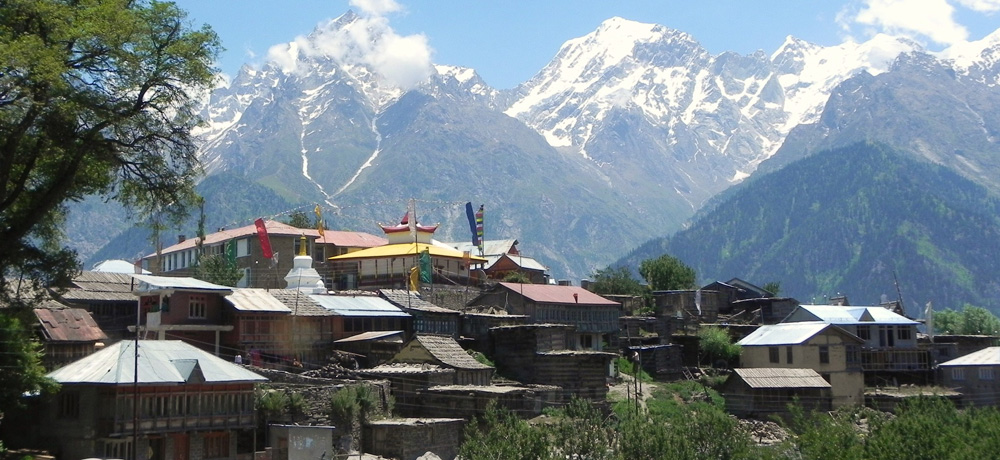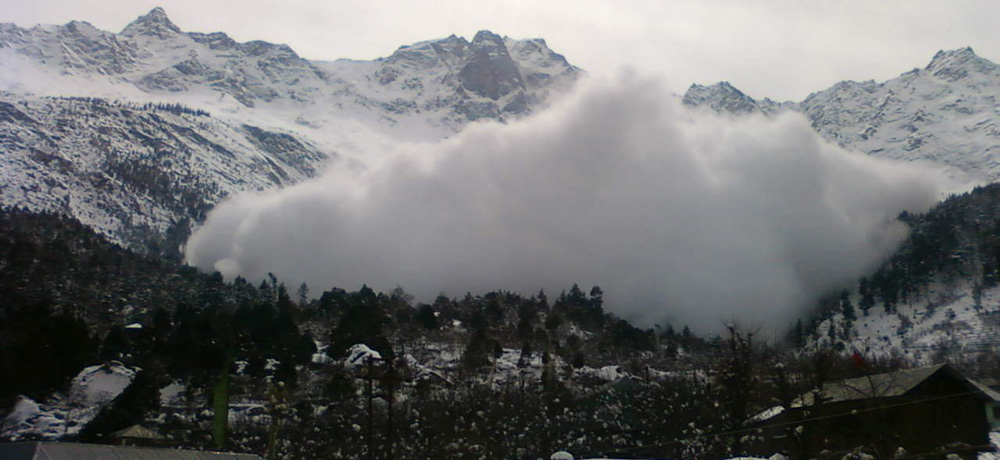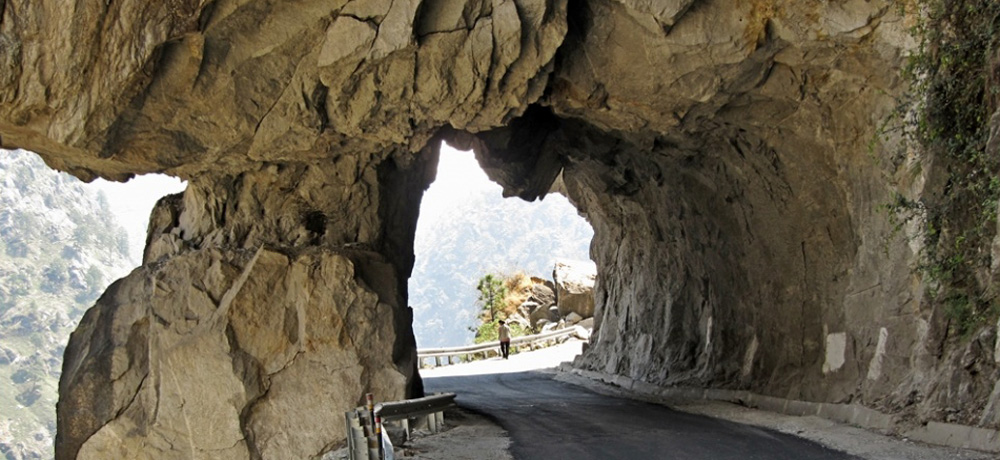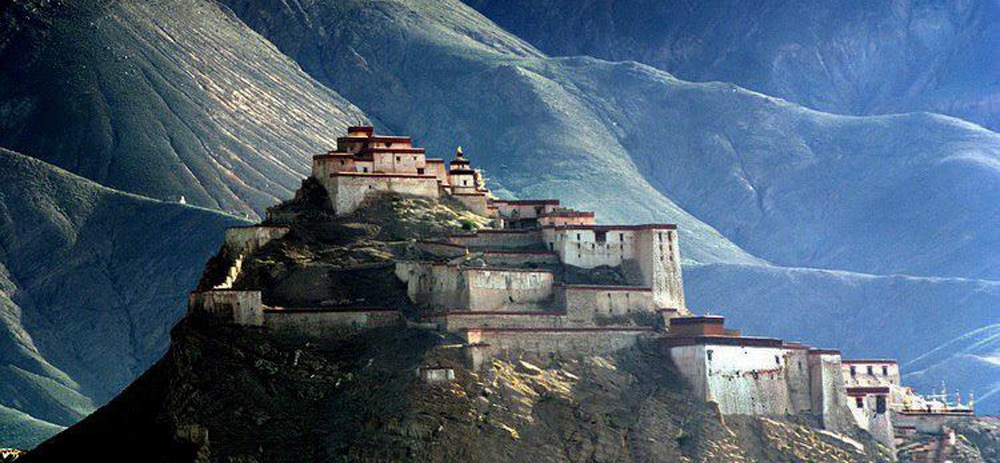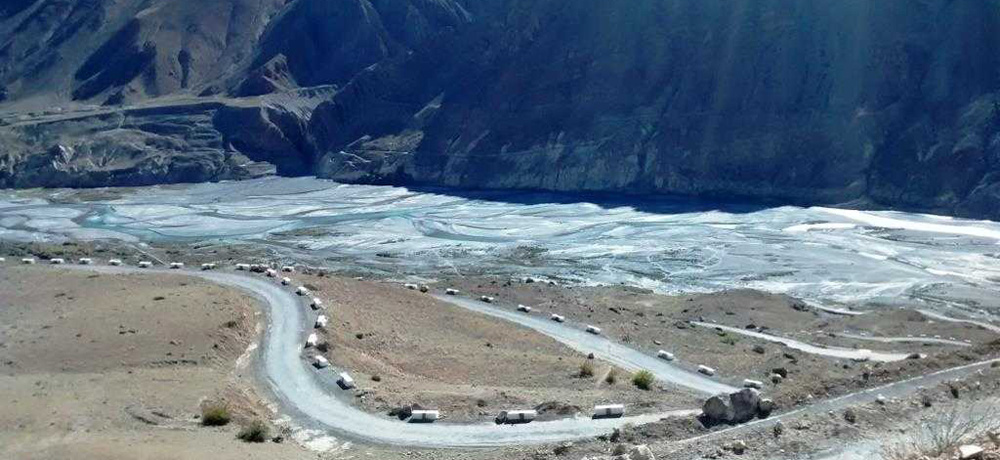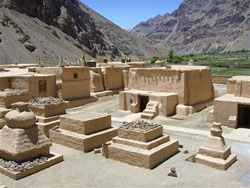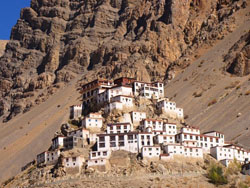About Kinnaur

Kinnaur has its district headquarters at Reckong Peo, 234 kms from Shimla. Kinnaur district came in existence in the year 1960. Earlier it was a part of district Mahasu. The hill district, basically a mountainous region with a temperate climate, is the south eastern district of Himachal Pradesh at an altitude ranging between 2320 - 6816 m. It is situated in the north eastern part of Himachal Pradesh and runs along the River Satluj on the national highway no - 22 which is also known as the Hindustan - Tibet road. It is also surrounded by the three majestic mountain ranges of Zanskar, greater Himalayas and Dhauladhar and has got a tremendous appeal to the tourists from all over India. The people of Kinnaur earn their livelihood mainly from farming and handicrafts, apple being the main fruit.
Tourists coming to Kinnaur have a lot to see and do. There are beautiful natural surroundings to relax and refresh. Nearly every village of the district has a Gompa or a temple. Moreover, since Kinnaur is located on the Indo - Tibet border, their culture and lifestyle is a considerable mix of both. Kinnaur is also trekker’s paradise.
Note:* Foreign Nationals Require Permit To Travel In Kinnaur Between Akpa And Sumdo, Which Can Be Obtained From D.C. Office (District Collectorate) At Shimla Or Rekong Peo. Therefore, Foreign Nationals Who Wish To Visit Spiti From Kinnaur Or Visit Kinnaur From Spiti Must Obtain Permit.
Sangla Valley
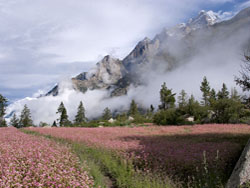
If a landscape had the powers of casting spells, then the Sangla valley would be a magician. Once seen, it is a place that can never be forgotten. Even the rushing waters of the Baspa River, that flow through its 95 km length, seem to absorb some of the magic and slow down to savor its snow-frame beauty. 2 km from Sangla Valley is the fort of Kamru (300 m) its tower like architecture resembles that of the Bhima Kali complex.
Kalpa
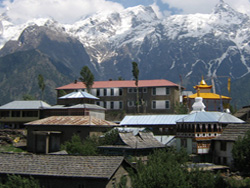
Kalpa is the foremost town of Kinnaur in Himachal Pradesh. Much of the excitement of visiting Kalpa lies in the exploratory journey. The scenery changes vividly from gorgeous valleys, green orchards and forests of cedar and chilgoza-pineto the starkness of the mountains, high altitude deserts and splendid valleys. The sutlej carves a deep chasm through the great Himalayas. This is the legendary winter home of lord SHIVA.


